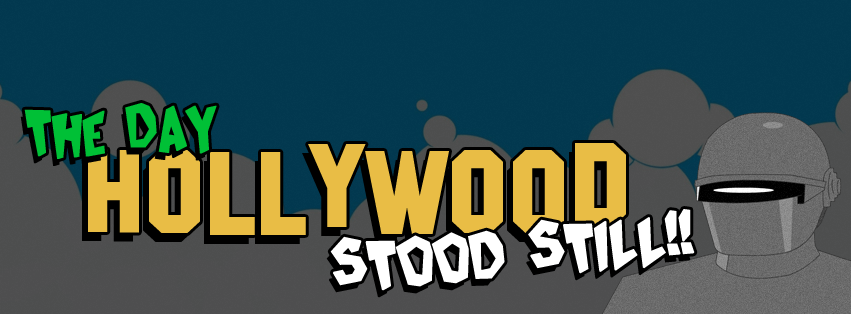I’m sure by now we’ve all seen some little art house flick called Avatar, and I’m fairly sure you’ve seen it in, what is currently Hollywood's latest craze: 3D.
3D isn’t a new thing by any means; as far back as the early 50s with films like Vincent Price’s horror classic House of Wax, audiences have sat cinemas with comically over-sized glasses on, as directors try to make everyone coo over thrown spears, pointing fingers and, in the case of Jaws 3D, chunks of shark floating before them. However, with the dawning of new technology, new film-making techniques and better methods of presentation, 3D has gone through a major renascence in the last ten years. So much so, that it rarely raises a flicker of surprise when a new production is announced as being produced in 3D.
But is this just a gimmick, driven forward by the studios all realising that more money can be made by adding extra spectacles (pun intended) to the experience? Or it is truly the future of cinema, and if so what comes next?
Well the big hitters in Hollywood certainly would have you believe that 3D is here to stay. With millions invested in compatible digital cinema projection systems and, of course, the polarisation 3D method, which means you wear tinted glasses instead of red and green ones, the money is certainly pointing seriously at permanently establishing 3D as a standard viewing experience. The list of big films currently in production as 3D experiences grows longer by the day: the concluding two Harry Potter films, the Spider-man reboot and a rumoured 3D retooling of the Star Wars trilogy, are all some of the big 3D names on the horizon. Other films due for imminent release, such as the forthcoming remake of Clash of the Titans, are getting additional 3D versions made as Hollywood tries to more accurately gauge the global reaction to the format beyond Avatar.
So assuming this is the first step down a longer road, where to next? Well, cinema is, by its very nature, a passive experience, so precisely how far you can take the simple act of sitting down and watching a film seems finite. However, one step cinema 3D may take is the development of Autostereoscope displays. In laymen’s terms, 3D without the glasses. Japanese companies such as Hitachi have been developing these displays on a small scale. Prototype hand-held devices with displays that show subtly different images based on head position are doing the rounds at most tech shows and signpost a genuine step forward. However, to get this technology on a much larger scale would be a lengthy and expensive undertaking to say the least. Yet, it clearly is the way forward for the 3D format. Not requiring goggles that make the wearer look like Timmy Mallet on an LSD trip in Specsavers, the technology would entice even the hardiest 3D sceptic.
Other technology, such as projections onto mist (a good example of which was the laughing face moment in Inglorious Basterds), Star Wars-style holograms and even projecting laser images directly onto the retina are all being looked at as ways to improve 3D. Yet, while they might sound like fanciful dreamings from a sci-fi writer, prototypes of these technologies exist, even if they are not 100% effective, cheap or in the case of lasers on the retina, 100% safe.
Nevertheless, will any new advances appear too late? If audiences' quickly-adapting tolerance for special effects is any gauge, they might. The 3D technology will need to pull something especially impressive out of the bag with each passing blockbuster or face audience apathy. Avatar had earned the technology some big kudos in the eyes of both Joe Public and the studios. However, once the hyperbole has died down unless with each new blockbuster, 3D proves to be more than just an easily-dismissable gimmick, all the Hollywood development money in the world won’t save the technology from another fallow period of relative obsolescence awaiting a new generation to rediscover it.
Today's post was scribbled on a napkin by Lee, a 3D artist at Cartoon Network, who has occasionally been freelanced out to (squee!) Lucasfilm. If you want to become acquainted with someone who has done FX for Star Wars (Clone Wars, but whatever), you can see his infamous vidcast: The Black Dog, or follow him on Twitter: @cartoonbeardy







No comments:
Post a Comment